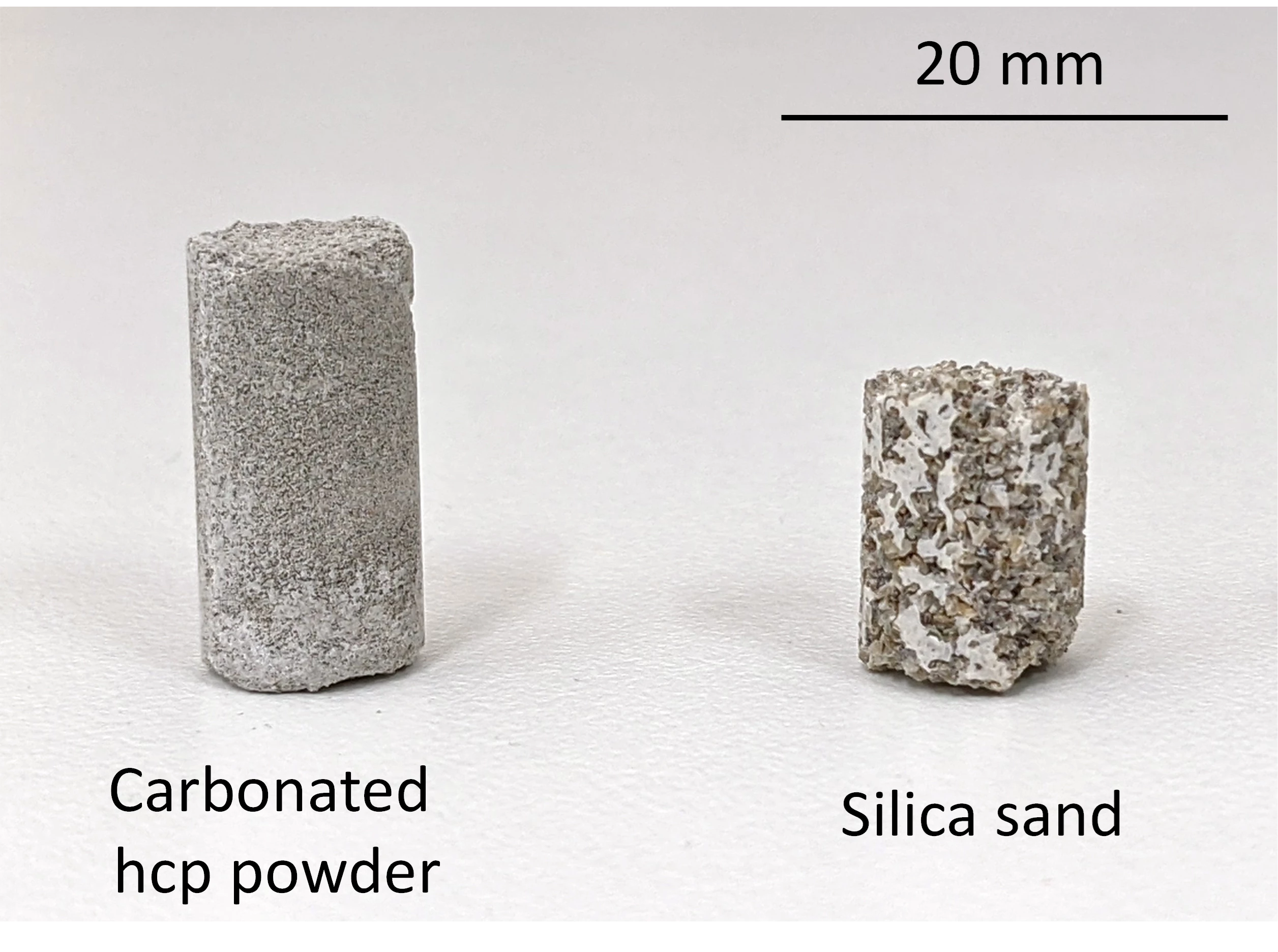Concrete is the most widely used building material in the world, but it comes at a huge environmental cost. Engineers in Japan have developed a new technique to make concrete by recycling waste concrete and combining it with captured carbon dioxide.
It’s estimated that up to eight percent of global carbon dioxide emissions are the result of concrete production, and most of that comes from heating limestone to very high temperatures to create calcium, a key component of the chemical reaction that forms concrete. Previous research has investigated ways to reduce or replace the binding agent, using captured CO2 in the mix, or even boosting the finished product’s ability to absorb atmospheric CO2.
For the new study, researchers from the University of Tokyo and others developed a process that reduces concrete’s environmental footprint in a few ways at once. For one, the new material is made out of old concrete rubble, which often goes to waste. Not only does that extend the life of old materials, but the process can be performed at about 70 °C (158 °F), far lower than the temperatures required to burn limestone – well over 1,000 °C (1,832 °F). The other benefit is that the carbon dioxide it is mixed with can be sourced from either industrial exhaust or plucked straight out of the air.
In tests, the team created sample blocks out of one of two common construction waste products, hardened cement paste (HCP) or silica sand. The process starts with a calcium bicarbonate solution, made up of limestone powder, deionized water and carbon dioxide gas. This solution is then pumped into a mold containing one of the aggregates – either HCP powder or silica sand – which is then heated to 70 °C. The end result is a block of a new material the team calls calcium carbonate concrete.

It may be easier on the environment, but the calcium carbonate concrete isn’t quite as strong as the usual stuff yet. The average compressive strength of the blocks was 8.6 MPa, which is far lower than the 20 to 40 MPa of concrete made from Portland cement. However, the team says that it may still find use in smaller-scale buildings, and could be improved with further work.
“It is exciting to make progress in this area, but there are still many challenges to overcome,” says Takafumi Noguchi, an author of the study. “As well as increasing the strength and size limits of calcium carbonate concrete, it would be even better if we could further reduce the energy use of the production process. However, we hope that in the coming decades, carbon-neutral calcium carbonate concrete will become the mainstream type of concrete and will be one of the solutions to climate change.”
The research was published in the Journal of Advanced Concrete Technology.
Source: University of Tokyo





